How salty should the water be to cook pasta?
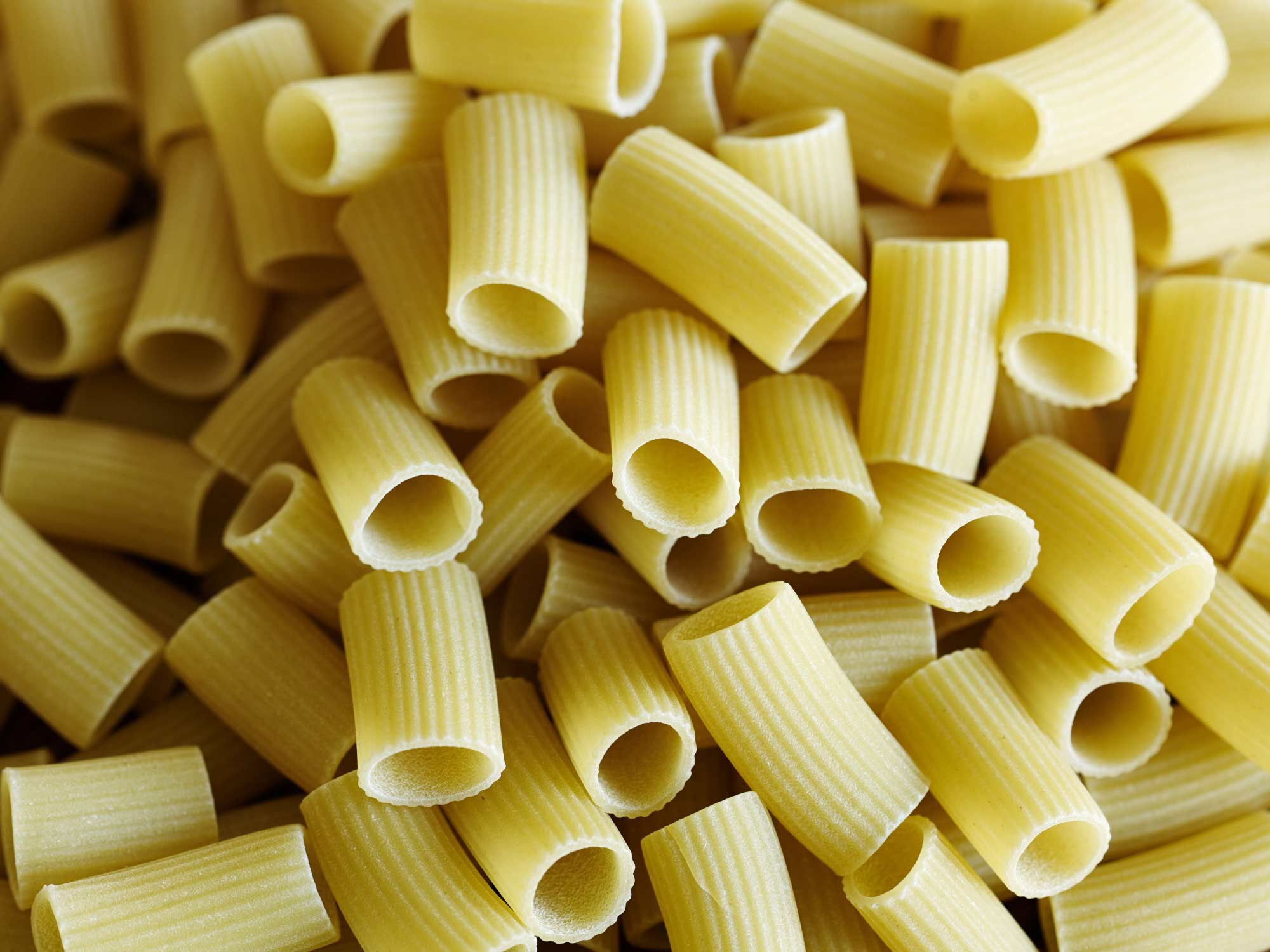
The Italians say it needs to be as salty as the Mediterranean. How do you know how salty that is if you’ve never swum in it?

The Italians say it needs to be as salty as the Mediterranean. How do you know how salty that is if you’ve never swum in it?
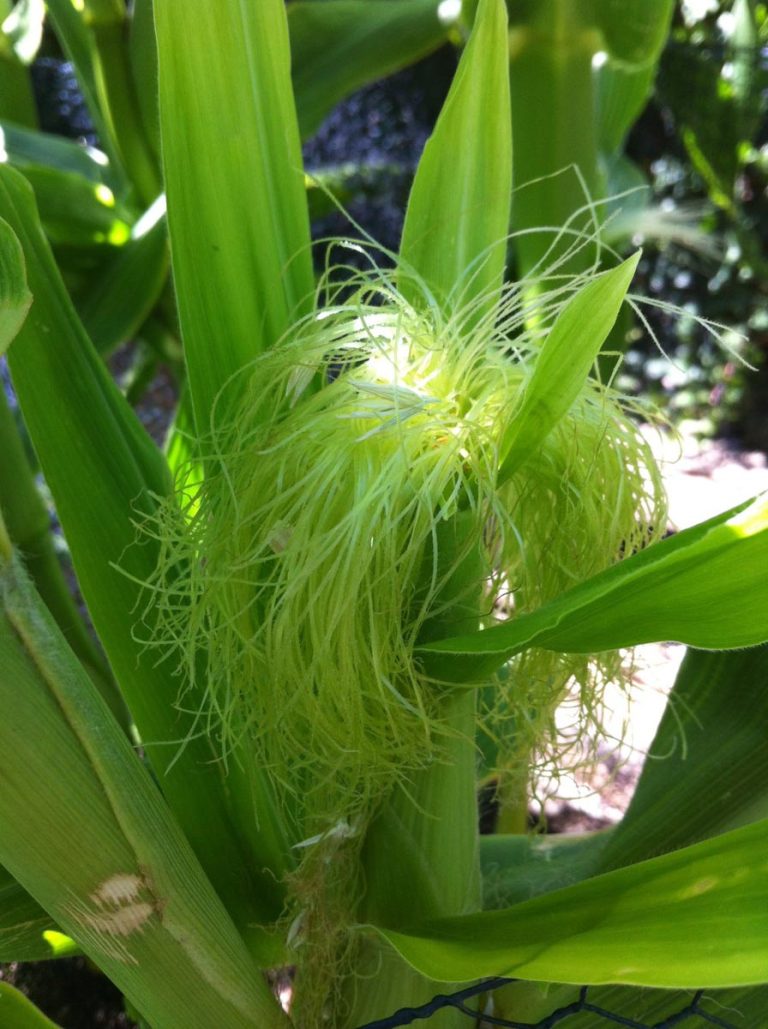
Sweet corn is at its sweetest when just picked.
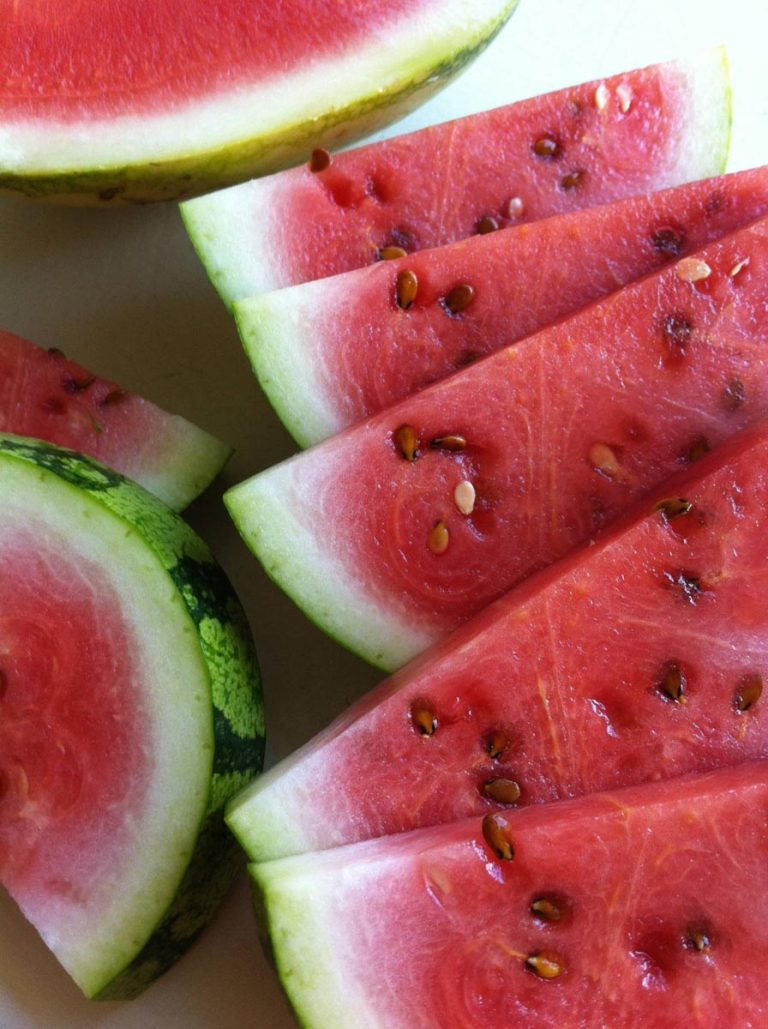
Chilled, juicy and sweet, watermelon is the quintessential summer snack.
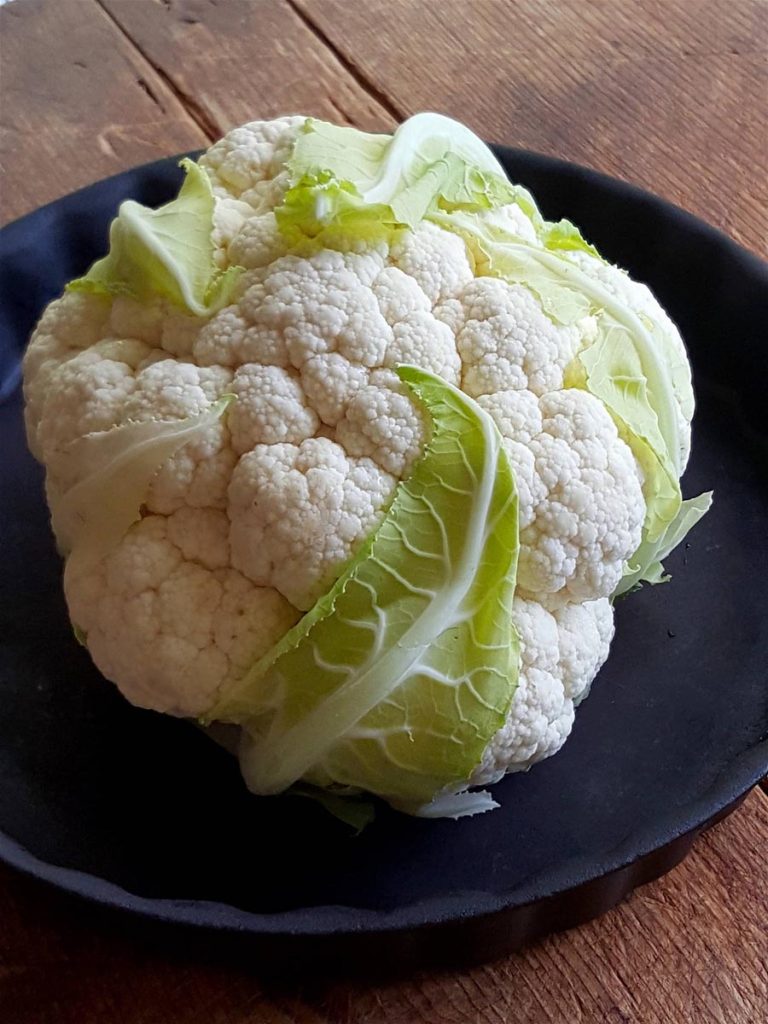
Everything you need to know about cauliflower, and then some …

Though it seems just like yesterday, it was in fact 40 years ago that I spent a week walking the hills of Crete.
A striking memory is the aromatic scents that rose all around us as we crushed wild thyme and oregano underfoot. The oregano was ‘rigani’, origanum vulgare (hirtum). Bit of a gob-full, I suppose, but the last name (hirtum) is pretty important.
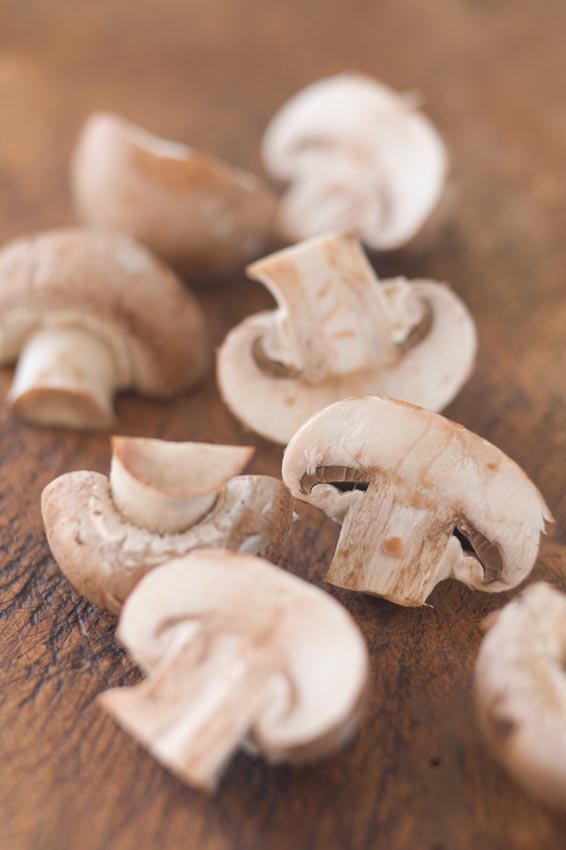
How to make the most of cultivated mushrooms.
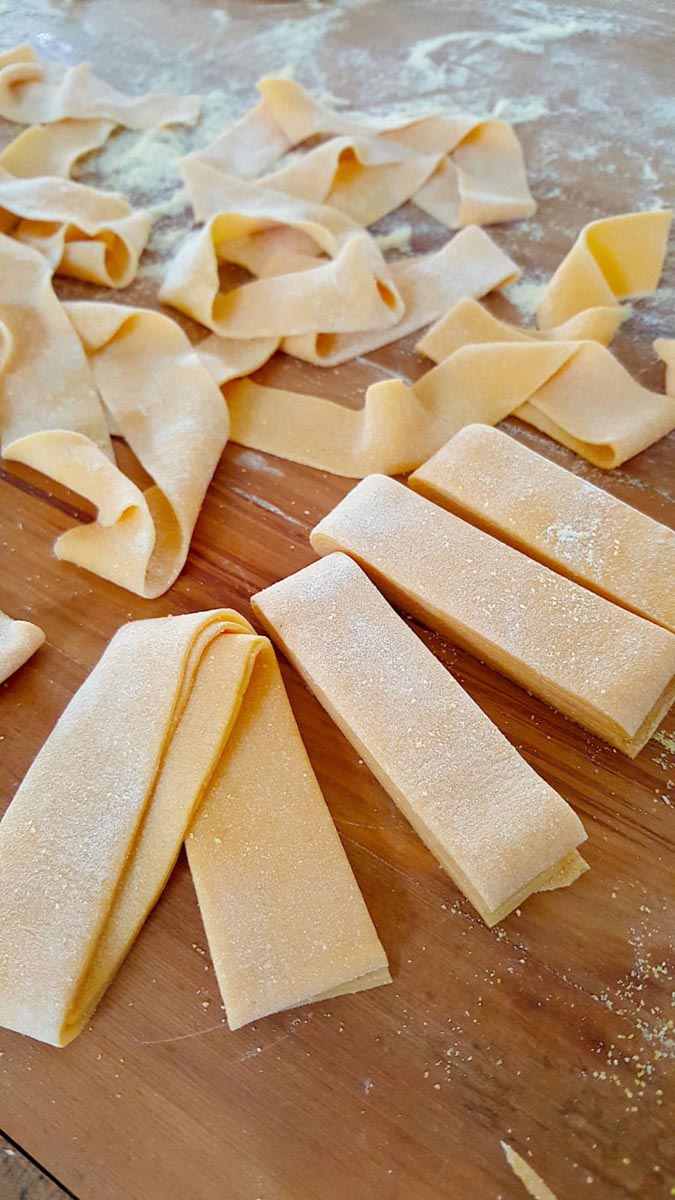
Don’t despair if your first attempts produce holey shredded dough (mine did!) because with a little practice you’ll soon be turning out silky smooth sheets of pasta like a pro.
No products in the basket.
Welcome to the new Shared Kitchen experience! If you encounter any issues, please let us know. Dismiss